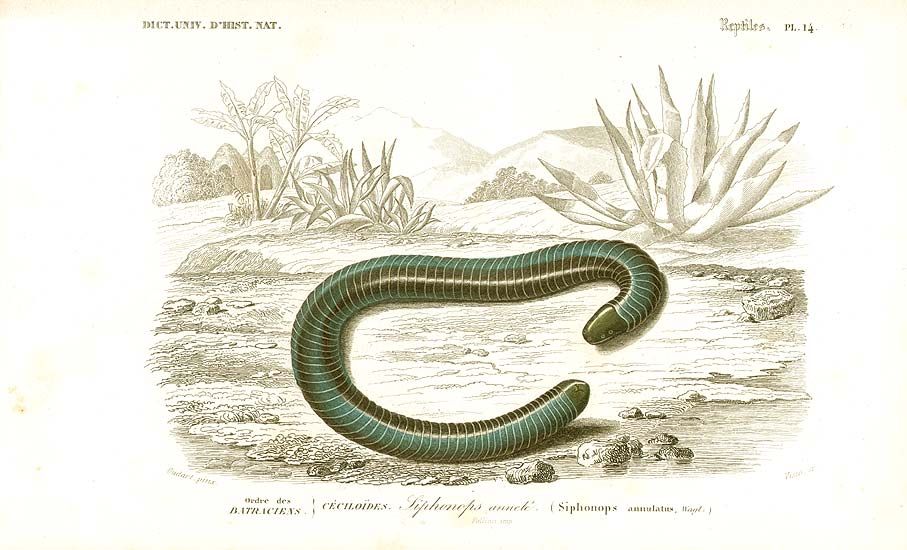Human mothers secrete milk to feed their babies. So do other mammals. Biologists now know that many other kinds of animal mothers also secrete milk-like nutritious substances to feed their offspring. These include some birds and fishes, and even cockroaches and spiders. In 2024 an international team of biologists reported that, for the first time, they had discovered an amphibian mother that feeds her babies a kind of milk.
The amphibian is a strange creature called a ringed caecilian that lives in the Atlantic Forest of Brazil. Caecilians are relatives of familiar animals like frogs, toads, salamanders, and newts. That similarity would be hard to recognize because these animals have adopted a very different lifestyle. Most are burrowers that live underground, and some are either aquatic or semiaquatic. They are partly or fully blind, have no limbs, and look like worms, or small soil dwelling snakes.
There are two hundred known species, living in wet tropical areas., in America, Africa, and Asia. Among animals with backbones, they are among the most poorly known groups. The researchers made their findings by collecting sixteen nesting ringed caecileans and bringing the animals and their babies to their lab for observation. They filmed and analyzed more than two hundred hours of the animals’ behavior.
The researchers found that ringed caecilian mothers secrete ‘milk’ when their babies call for it by making high pitched clicking noises or touching their tail end. The ‘milk’ is rich in fats and carbohydrates and is secreted from the mother’s vent—the combined rear opening of her digestive and reproductive tract. The babies stick their heads into this opening to feed.










